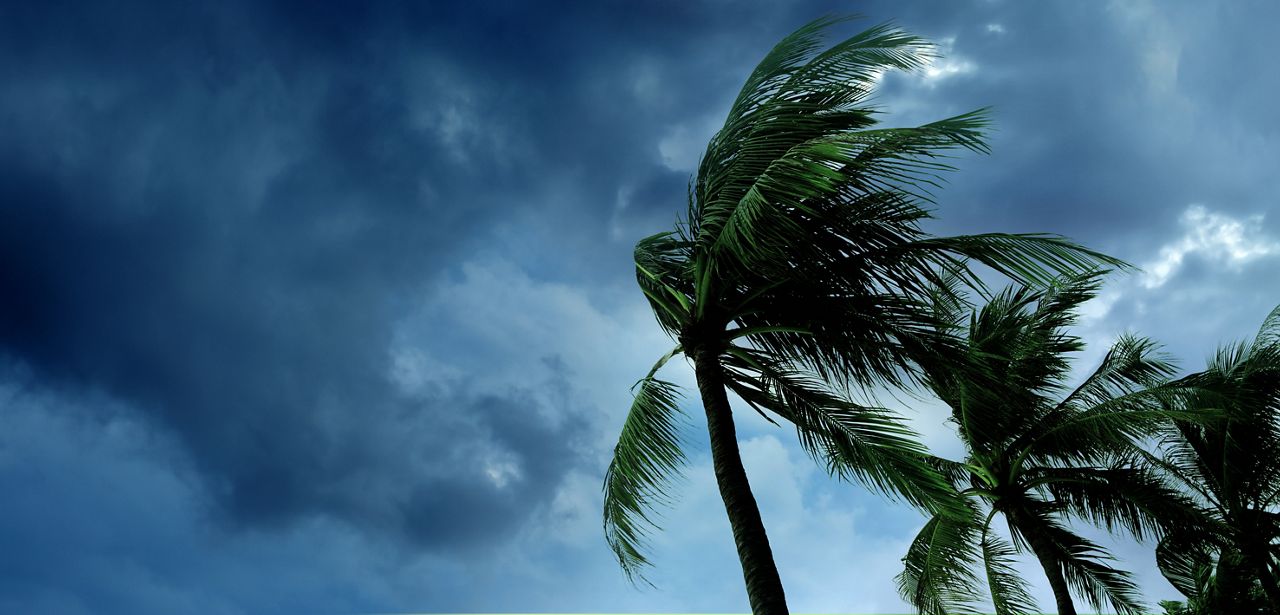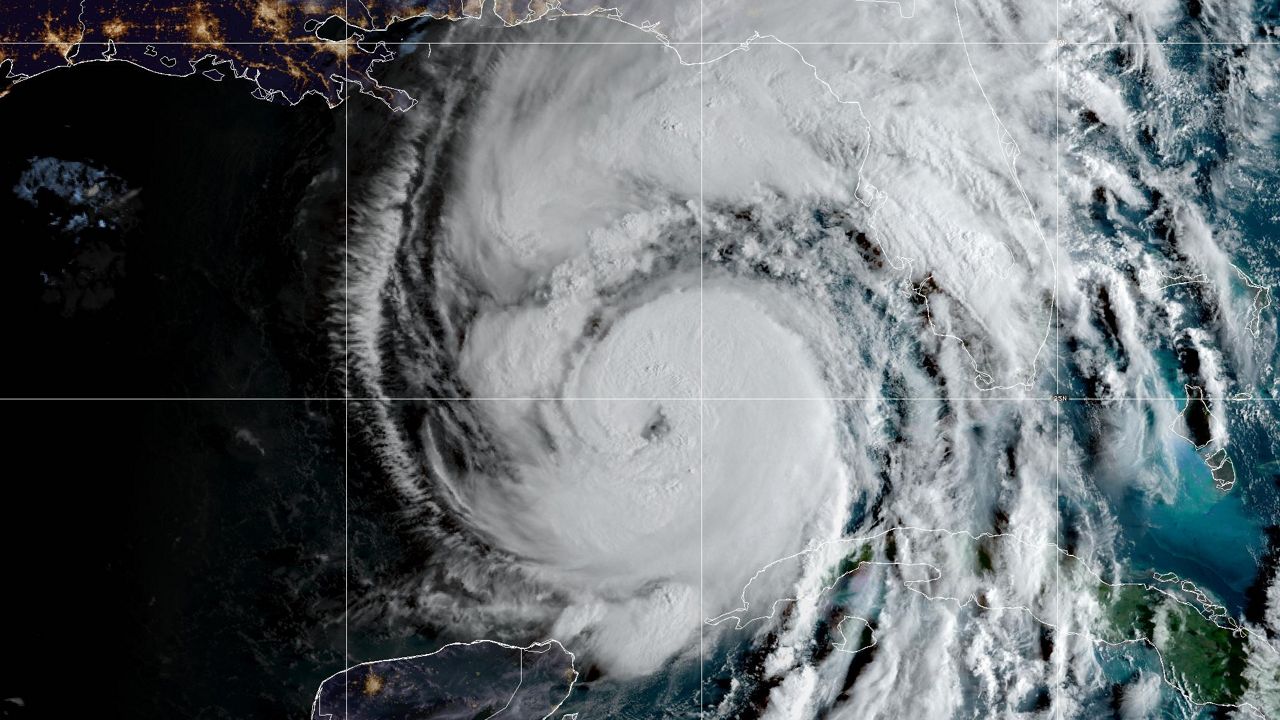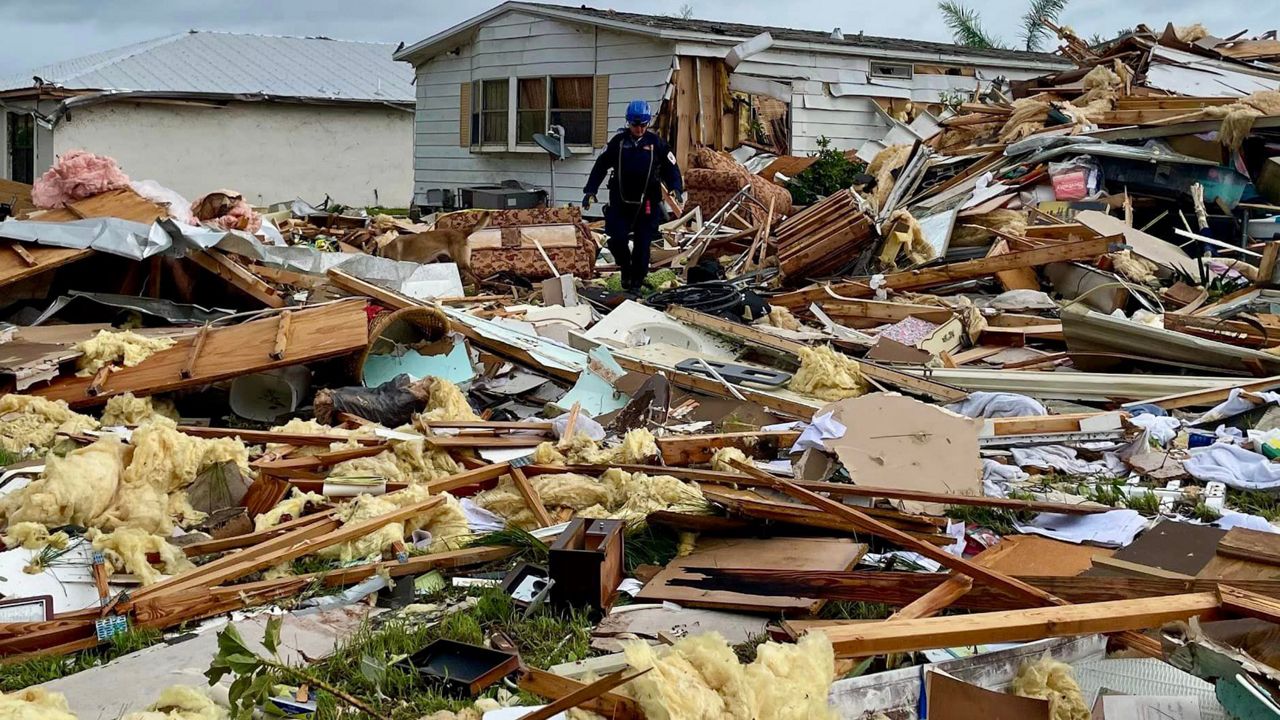TAMPA, Fla. — The 2020 Hurricane Season has had a lot of named storms, but it really has not been that active.
What You Need To Know
- As of mid-August, there have been 11 named tropical storms
- Most of them have been very weak and unusally short lived
- The naming criteria has evolved over the years
- Get the tropical update here
As of mid-August, there have been 11 named storms in the Atlantic Hurricane Season. The naming of Kyle made 2020 the fastest to the "K" storm in history. But, things seem a lot different from seasons in the past. Our "active" 2020 season may be closer to normal if seasons in the past had similar criteria and tools used.
There were several hyperactive decades in the early to mid 1900s prior to satellite availability and hurricane recon aircraft. Not to mention, subtropical storms didn't get named until the early 2000s. Those variables seem to lead to a much higher incidence of named storms and short lived weak named systems.
Season So Far

Looking back at the 11-named storms this season, four-named systems, and possibly as many as six would not likely have been named in the past.
Back in May, there were two-named storms; Arthur and Bertha. They both were classified as tropical storms.
Arthur did have subtropical characteristics, which is a mix of tropical and non-tropical characteristics, but it was very disorganized with any hint of tropical storm force wind well east of the center of circulation. Prior to the early 2000s, subtropical storms didn't even get a name, and a system like this in May, would likely not have even been investigated.
Bertha, on the other hand, "formed" over sea surface temperatures in the low to mid 70s (below the historically usual threshold of 80 degrees) and it formed just of the coast and "lasted" just one day. When it formed, its center was already 30 miles offshore and local weather related advisories along the South Carolina coast had already been in place. So, beginning tropical advisories wasn't even necessary to assist in emergency management there.
There were three other storms, Dolly, Eduoard, and Kyle, that all were classified as named storms for less than two days. Two of those three storms were along fronts and over cool sea surface temperatures.
Cristobal, Gonzalo, and Josephine all became tropical storms but were disorganized and didn't last very long but they did fully meet the historical criteria of naming storms in the Atlantic Basin.
Of course, the most notable systems this season were the 2 hurricanes, Hanna and Isaias.
What Makes a Season "Active"?
Most people think of a hurricane season's activity based on the number of named storms. While that is a good metric to use, a season's true activity is measured by something called Accumulated Cyclone Energy, or ACE.
ACE is a measurement of a hurricane season based on each storm's intensity and how long it lasts. Its calculation is a little cumbersome but it gives the best indicator of activity. It is calculated by squaring the storms wind speed in knots at six-hour intervals (adivsory issue times), then divided by 10,000. For example, a 35-knot (40 mph) tropical storm for one advisory would have an ACE of 0.1225
The sum of the accumulated cyclone energy for all of the storms in a given season give us the total seasonal ACE, which is the best measure of how active a season is. Through Aug 16, 2020, the season has a total ACE of 25.9.
To date, a normal season would be a 3.3-named storms, and we are at 11, but our normal ACE to date would be 14 and we are at 25.9. So, we have had 3.5 times the named storms, but not quite double the ACE.
An average hurricane season in the Atlantic ends with an ACE of about 100. For context, 2005's hyperactive season finished with an ACE of 250! The 2005 hurricane season had several hurricanes even in July.
What Really is Normal?
A "normal" hurricane season has between 10 and 12 named storms, but lately over the last two decades with newer technology and different criteria for naming storms, perhaps the long term normal should really be higher and maybe some of the "records" we keep setting are just par for the historical course.








